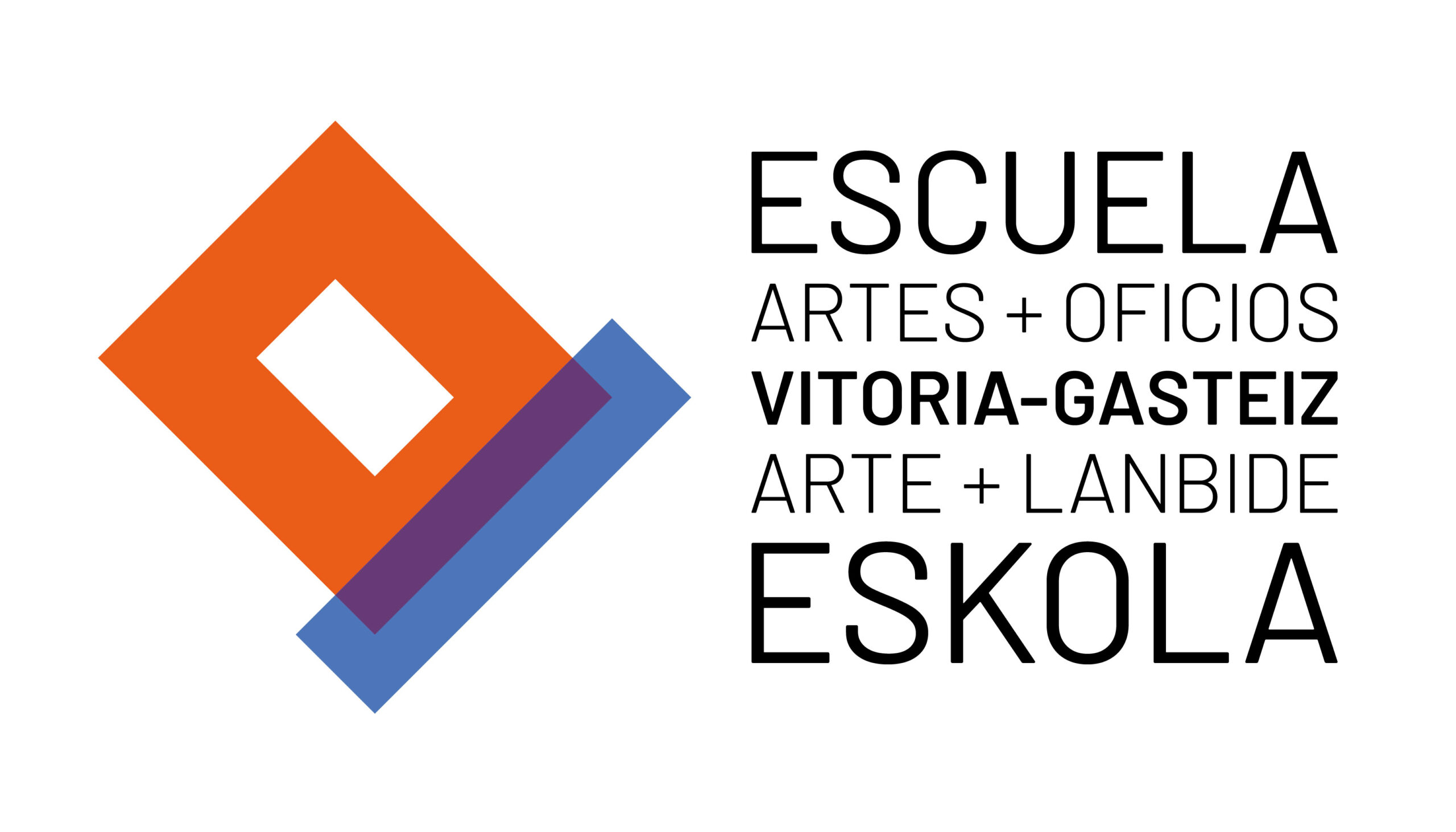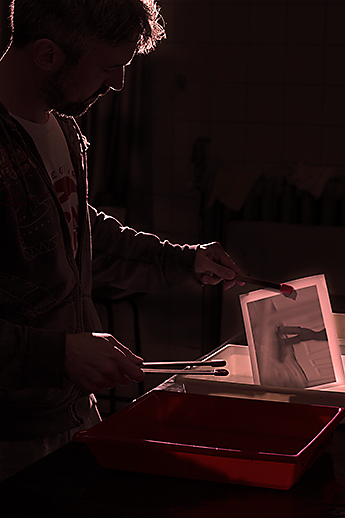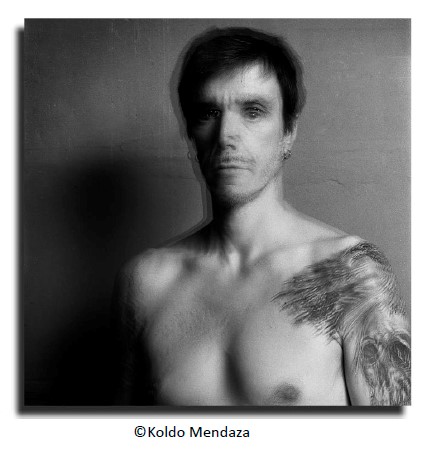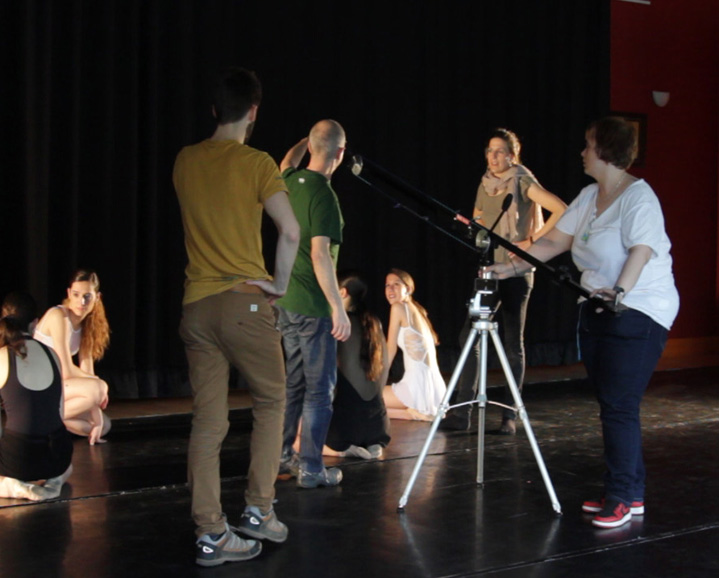workshops: image
Photography
This course is the first of the three years of the Photography course at the E.A.O. and is aimed at those who want to deepen their knowledge of the photographic discipline. We will see both traditional (analog) and current (digital) procedures.
Obviously, the specific weight of the latter has an impact on a greater profusion of digital teachings.
Morning shift:
- Photography 1º: Mondays and Wednesdays (10:00 to 12:00h)
- Fotografía 2º: martes y jueves (10:00 a 12:00h)
- Photography 3º: Mondays and Wednesdays (10:00 to 12:00h)
- Laboratorio abierto: viernes (10:00 a 13:00h)
Afternoon shift:
- Fotografía 1º: martes y jueves (16:45 a 18:45h)
- 2nd Photography: Tuesdays and Thursdays (17:00 to 19:00h)
- Photography 3º: Mondays and Wednesdays (17:00 to 19:00h)
- Slow photography: Monday 17 to 20h (theoretical/practical) and Wednesday 17 to 19h (laboratory).
Night shift:
- Fotografía 1º: martes y jueves (19:00 a 21:00h)
- Fotografía 2º: lunes y miércoles (19:15 a 21:15h)
- Fotografía 3º: martes y jueves (19:15 a 21:15h)
Duration: School year from September to June
Conditions of access for Photography: None for the 1st course. For the 2nd and 3rd year, the student must have completed the previous courses or, failing that, the teacher will evaluate the aptitude of the new student with an interview that will take place the first week of September.
Photograph 1
This course is the first of the three years of the Photography course at the E.A.O. and is aimed at those who want to start in this discipline. The main objective of the course is to provide students with the knowledge, tools and techniques necessary for them to be able to work independently.
CONTENTS
- History
- Photographic shot
- Lighting I
- Digital processing I
- Composition I. Reading the image
- Analog Laboratory I
- Mandatory practice sessions
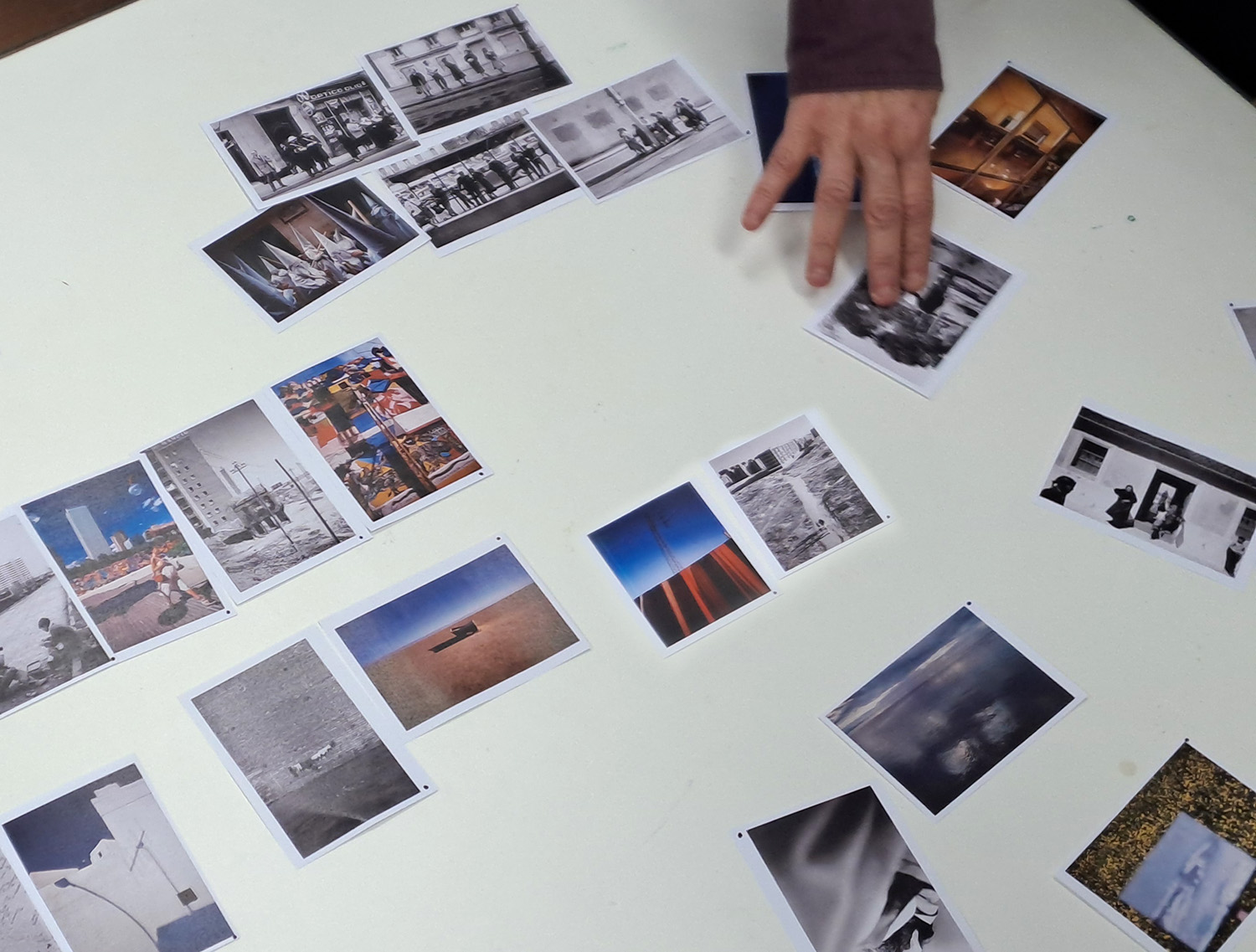
Photograph 2
This course is the second of the three years of the Photography course at the E.A.O. and is aimed at those who want to deepen their knowledge of this discipline. The main objective of the course is to provide solid means to handle and master tools that contribute to forge a photographic style, both technically and formally.
CONTENTS
- Photography II: the portrait, the still life.
- Composition II. Reading and construction
- History of photography in Spain and the Basque Country
- Digital processing II
- Analog Laboratory II
- Color management and printing.
- Studio Lighting II
- Mandatory practice sessions
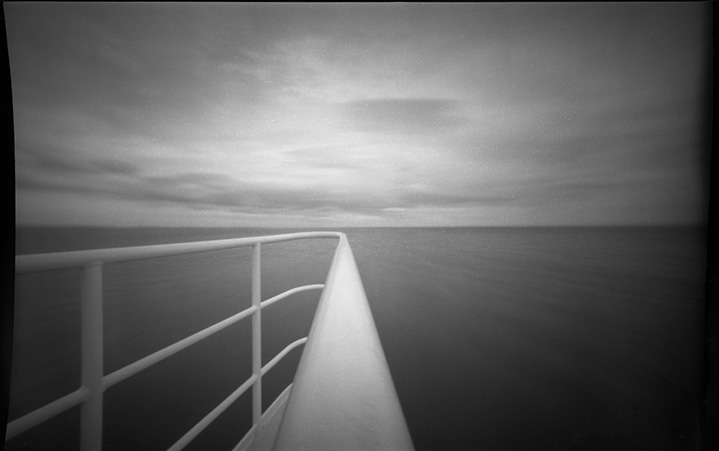
Photograph 3
Through the tools learned in previous years, we will approach the realization of personal projects acquiring the highest level of creative autonomy possible. We will develop a project from its conception to the final show (writing, pre-production, realization, diffusion...). We will consolidate the use of the tools used in previous years.
CONTENTS
- The nude.
- Large and medium format.
- Photographic genres
- The creative project.
- Elaboration of an audiovisual.
- Production of a book/fanzine/publication
- Participation in a group exhibition.
- Presentation of a project.
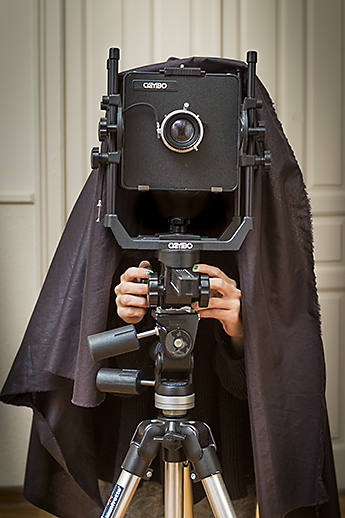
Slow photo
When things happen so fast, no one can be sure of anything, anything at all, not even himself.
Milan Kundera (The Slowness, 1996).
This course emphasizes time, pause and slowness as rhythms of approach to photography. Aimed at those who want to contextualize, theorize and put into practice a slow photography and tempo that give space for reflection and awareness of the photographic act.
In a 21st century characterized by technology and immediacy, the main objective of the course is to promote and enhance a more leisurely and contemplative pace in the photographic act. To pay more attention to the small details, to the everyday, to the non-noise, to look more and better.
Access conditions for Slow PhotoYou must have a good command of the camera in manual mode. It is also necessary to have basic knowledge of photometry (continuous light and flash measurement) as well as of black and white development and copying in the chemical laboratory.
Priority will be given to students who have not previously attended the Slow Photo workshop.
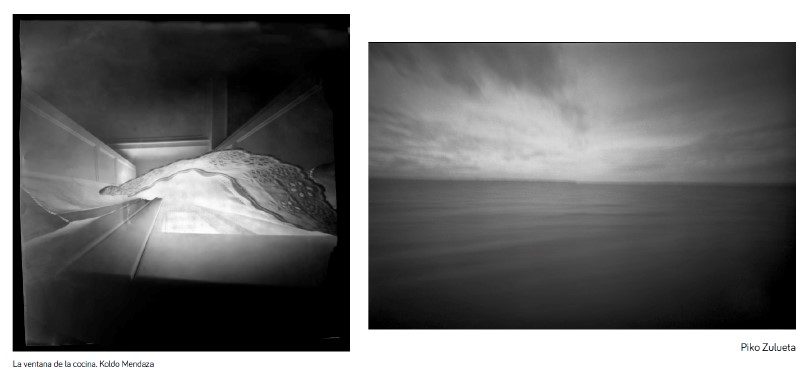
CONTENTS
- The concept of "laboratory" (chemical or not) as a space for experimentation, reflection and sharing.
- Shooting: the choice of camera. 35mm vs medium format vs large format.
- Chemical photography, a possible path to slowness.
- Digital photography can also be "slow".
- The camera obscura.
- Personal and family archives.
- Approach to portraiture
- Photographic editing.
- How to read photographs.
- Viewing photographs
- Collaboration of guest artists.
- Carrying out small personal and collective projects.
